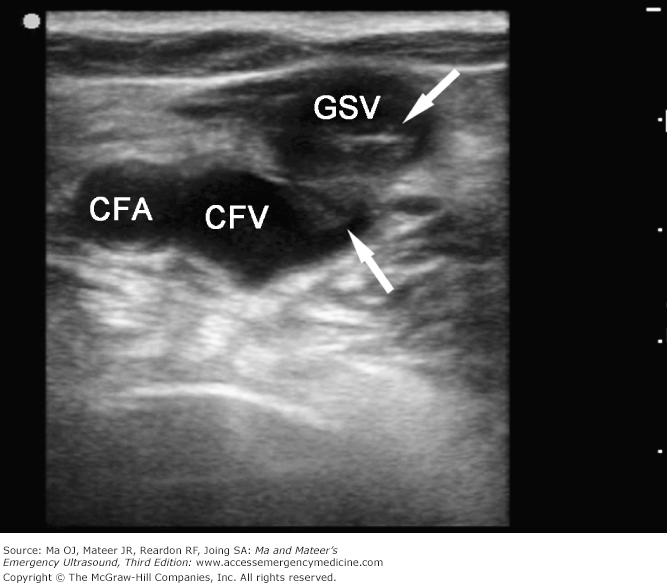Before we talk about coding and billing of Botulinum toxin therapy we should first understand the disorders diagnosed to be cured with this therapy. Neurologists provide skilled injection of botulinum toxin for the treatment of a variety of disorders that result in abnormal postures or movements.
Botulinum toxin may be used to treat:
- Hemifacial spasm– Involuntary contraction of the muscles of the face on one side-injections around the eye and sometimes also the lower face can help.
- Blepharospasm– Refers to spasming eyelids-Patients complain of repetitive blinking and sometimes, an inability to keep the eyes open. To treat this, very small amounts of botulinum toxin can be injected through a very fine needle into the eyelids. This partially paralyses the muscle and provides great relief.
- Cervical dystonia/torticollis– Abnormally high muscle tone in the neck-may involve the neck being rotated and pulled in a certain direction or down towards the chest.
- Spasticity– Cerebral palsy and stroke upper and lower limb, other cerebral and spinal disorders (e.g. multiple sclerosis);
- Tremor– Unintentional trembling or shaking muscle movements involving one or more parts of the body. Most tremors occur in the hands but can also occur in the arms, head, face, vocal cords and legs.
- Strabismus– known as crossed eyes, is a condition in which the eyes do not properly align with each other when looking at an object.
- Spasmodic dysphonia– a neurological disorder affecting the voice muscles in the larynx, or voice box.
- Headache- Tension and migraine– a severe throbbing pain or a pulsing sensation, usually on just one side of the head. It’s often accompanied by nausea, vomiting, and extreme sensitivity to light and sound.
- Orofacial Dyskinesias- Abnormal involuntary movements which primarily affect the extremities, trunk, or jaw that occur as a manifestation of an underlying disease process. Conditions which feature recurrent or persistent episodes of dyskinesia as a primary manifestation of disease may be referred to as dyskinesia syndromes
After initial consultation with a doctor to determine whether botulinum toxin is an appropriate treatment. an appointment will be scheduled during which the procedure will be re-explained and questions and concerns addressed.
Injections are performed in the office and the patient can go home afterward. A follow-up visit (in person or by telephone) is usually set up within two to three weeks to evaluate to results of the injection and discuss any side effects or concerns.
Botox may be better known as a tool for cosmetic surgeons, there are some conditions that are treated very effectively by botulinum toxin.Botox therapy is not a cure, it is an ongoing treatment used to manage your symptoms. For best results, oral medications in combination with therapy such as stretching and strengthening exercises are best and are typically the first line of treatment.
Botox Administration:
Botox is injected directly into muscles to block the connection between nerves and muscles in order to relieve spasms and other conditions associated with muscle over activity to treat dystonia. Once the physician is ready to administer the appropriate toxin injection, he will identify which muscle groups need to be injected. Doctors will select the muscles either by observing the abnormal postures or movements and feeling for the muscle spasm or by using an ultrasound, flouroscopy or electromyography (EMG) machine, which measures muscle activity.Patient discomfort is usually mild – in most cases, similar to a flu shot. Some people opt to take Tylenol or a mild sedative prior to the procedure.
For more tips and tricks about medical billing or coding, subscribe to my blog newsletter.










